The Shell and Flame (a.k.a. Flaming Bomb) has been used by European armies for several centuries
before adoption by the U.S. Army. In fact, it is still used by many countries in Western Europe, i.e.
the Grenadier Guards in Britain. The insignia represents not a bomb, but an iron hand grenade with a
powder charge and a fuse which had to be lit before throwing.
 The
Shell and
Flame is considered the oldest branch insignia in the U.S. Army. The use of the Shell and Flame by the
Ordnance Branch dates back to 1832. It was also used by the Artillery Branch until 1834 when the
Artillery branch adopted the crossed-cannons as its branch insignia.
The
Shell and
Flame is considered the oldest branch insignia in the U.S. Army. The use of the Shell and Flame by the
Ordnance Branch dates back to 1832. It was also used by the Artillery Branch until 1834 when the
Artillery branch adopted the crossed-cannons as its branch insignia.
The Shell and Flame continued to be used by a wide variety of Army organizations, not just the
Ordnance branch until 1851 when the new 1851 Uniform Regulations dictated the Ordnance Branch would be
the sole users of the Shell and Flame.
Despite its sole ownership by the Ordnance Branch, multiple designs of the Shell and Flame existed.
Different designs accompanied different uniforms. The 1851 Uniform Regulations, in addition, granted
enlisted personnel the opportunity to wear the Shell and Flame, previously only Officers wore the
emblem. The dress uniform, the forage cap, the enlisted uniform, and many other uniforms had their
unique design. Most Officers emblems were sewn onto their uniform, while Enlisted soldiers had brass
insignia affixed onto theirs.
The multiplicity of designs continued through WWI. Indeed, with the deployment of the American
Expeditionary Forces in France and the advent of collar disks with branch insignia, a dizzying array
of designs existed. Even today, it is still unknown how many different designs were produced. Designs
in the U.S. had a tenure of approximately ten years before a new insignia was designed for a
particular uniform. In France, however, soldiers employed a wide-array of French manufacturers to make
their uniform items.
In 1936, the Army Institute of Heraldry redesigned and standardized the design of the Shell and
Flame. This stylized Shell and Flame remains the current version. Interestingly, all older versions
were allowed to be grandfathered out of use. It is not uncommon to see photos of WWII Ordnance
soldiers still wearing the pre-1936 design. There are portraits of Officers wearing the pre-1936
design up until 1962.
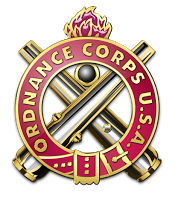

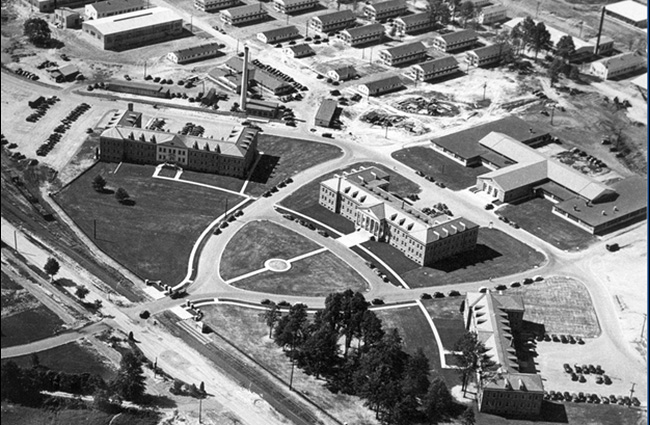


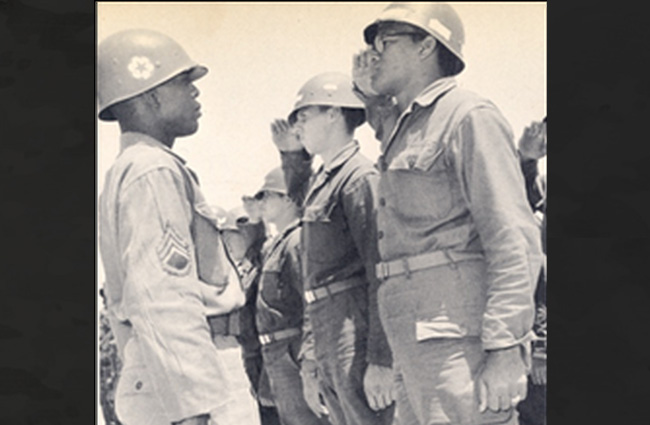
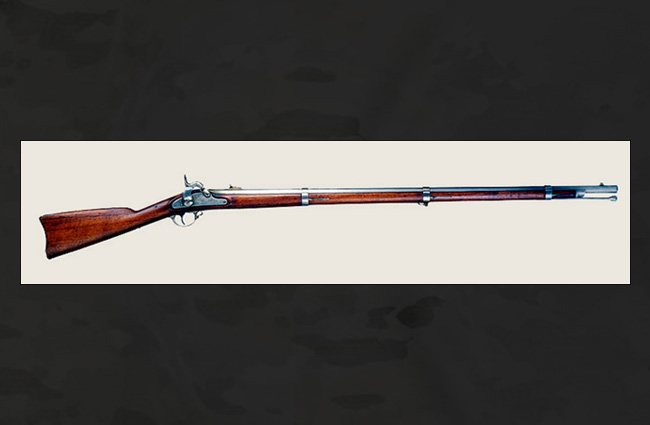
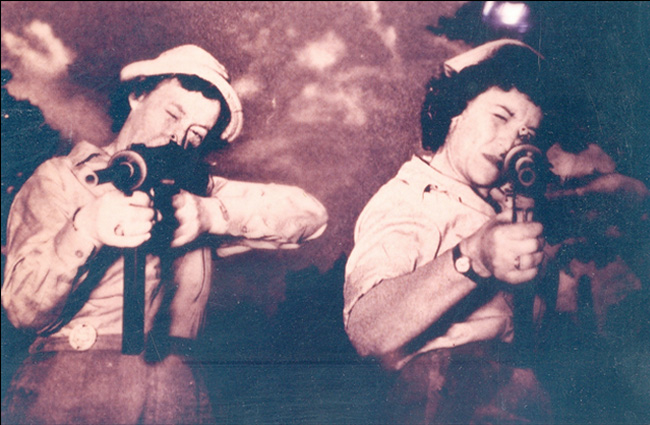

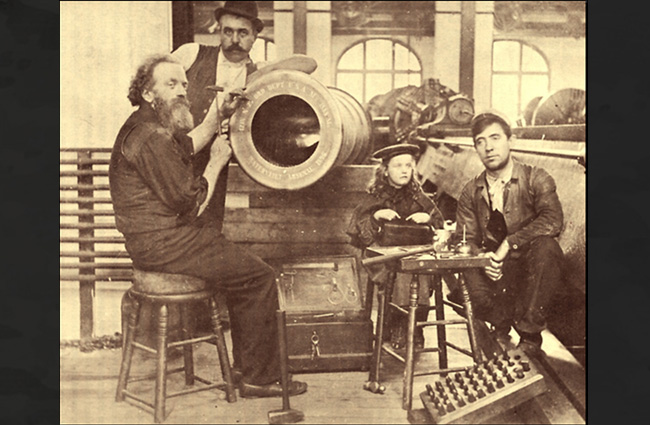

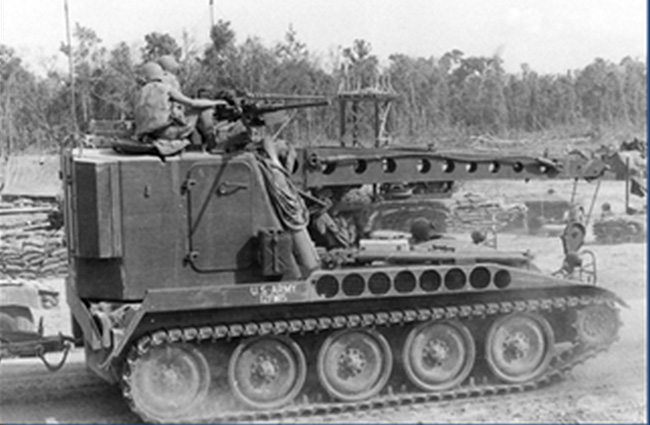


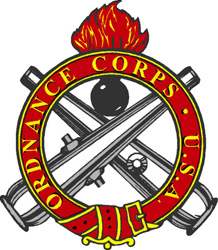
 The
regimental crest is displayed above a yellow scroll inscribed with "ARMAMENT FOR PEACE", the
official
Ordnance Corps' motto. The background of the flag is crimson and the fringe is yellow. Crimson and
yellow have been the colors of the Ordnance Corps throughout its history, except for a short period
between 1902 and 1921, when the official colors were black and scarlet.
The
regimental crest is displayed above a yellow scroll inscribed with "ARMAMENT FOR PEACE", the
official
Ordnance Corps' motto. The background of the flag is crimson and the fringe is yellow. Crimson and
yellow have been the colors of the Ordnance Corps throughout its history, except for a short period
between 1902 and 1921, when the official colors were black and scarlet. The
Shell and
Flame is considered the oldest branch insignia in the U.S. Army. The use of the Shell and Flame by the
Ordnance Branch dates back to 1832. It was also used by the Artillery Branch until 1834 when the
Artillery branch adopted the crossed-cannons as its branch insignia.
The
Shell and
Flame is considered the oldest branch insignia in the U.S. Army. The use of the Shell and Flame by the
Ordnance Branch dates back to 1832. It was also used by the Artillery Branch until 1834 when the
Artillery branch adopted the crossed-cannons as its branch insignia.